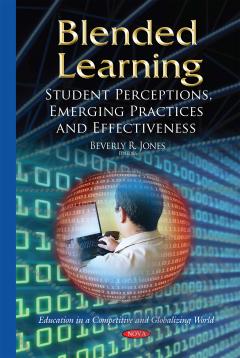Effective Teaching and Learning: Perspectives, Strategies and Implementation
Within educational discourse, the idea that teachers should “scaffold” student learning is extremely widespread, yet it is often less clear what this means in the classroom beyond teacher-structured learning activities and the offering of support to students. Effective Teaching and Learning: Perspectives, Strategies and Implementation opens with a review on the use of the term “scaffolding” in teaching, and explains the purpose of scaffolding in the context of Vygotsky's developmental theory. The authors draw upon Vygotsky’s spatial metaphor for how learning activities could be positioned in relation to the learner’s current and potential levels of development. An analysis of the function of scaffolds, their role in classroom differentiation, and the logic of “fading” is provided. Following this, the authors report one small-scale study that explored an attempt to design materials using principles of scaffolding in an aspect of upper secondary physics known to present learning difficulties to students.
{{comment.content}}








 京公网安备 11010802027623号
京公网安备 11010802027623号